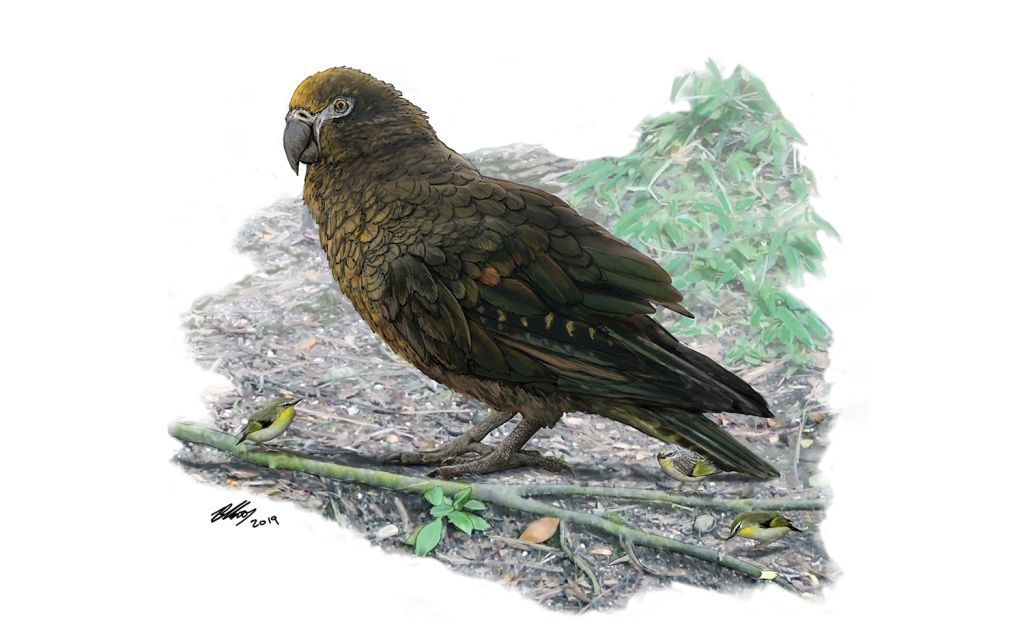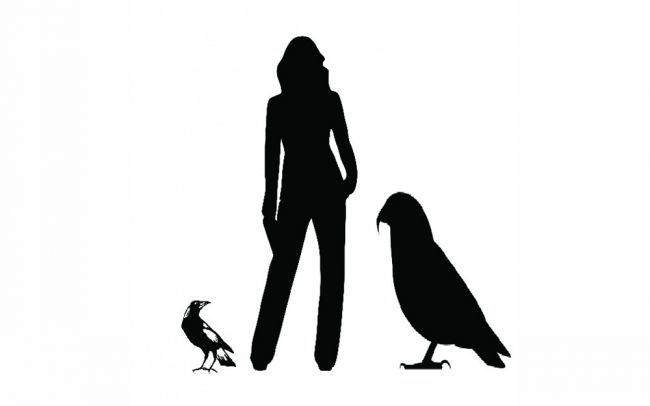Create a free profile to get unlimited access to exclusive videos, sweepstakes, and more!
This giant prehistoric parrot might have munched on massive crackers

Run and hide all your crackers after seeing this three-foot-tall prehistoric parrot that once roamed the wilds of ancient New Zealand some 19 million years ago. Rising to the height of a typical rambunctious first-grader, this behemoth bird is the only known giant parrot on the planet, whose fossilized leg bones were unearthed over 10 years ago by paleontologists at a St. Bathans dig site.
In a new study published this week in the Biology Letters online journal, researchers described the specimens as "large and robust" and estimated that this flightless feathered phenomenon must have tipped the scales at nearly 15 pounds.
According to lead study author Trevor Worthy of the College of Science and Engineering at Flinders University in Australia, scientists originally discovered the thick parrot leg bones back in 2008 and for the past few years attempted unsuccessfully to track down other remains of the strange creature. The team named the giant bird Heracles inexpectatus in reference to the Greek mythology hero Hercules and "inexpectatus" regarding the researchers' surprise discovery of the enormous beaked animal.
"Ten years on and thousands of bones later, no more has come to light. So we decided, well, we need to tell this story now," Worthy told Live Science. "It lived in a subtropical rainforest where there were abundant laurels, palms, cycads and casuarina trees — all produce fruit and seeds that this parrot would have eaten."
Though its solid and thickly walled bones probably rendered the bird flightless, it might have been adept at tree climbing and limited gliding similar to the modern kakapo (Strigops habroptilus), currently the largest parrot in the world but still half the size of the extinct, Early Miocene resident named Heracles.
The eventual demise of this prodigious forest-dwelling parrot was likely to be simple climate change. The shift occurred 12-13 million years ago as global temperatures took a serious dip and New Zealand's lush tropical forests became more mild, temperate forests, which put a stranglehold on the region's fruit-bearing trees and the bird's regular food supply.
Where's a cracker when you need one?!




























